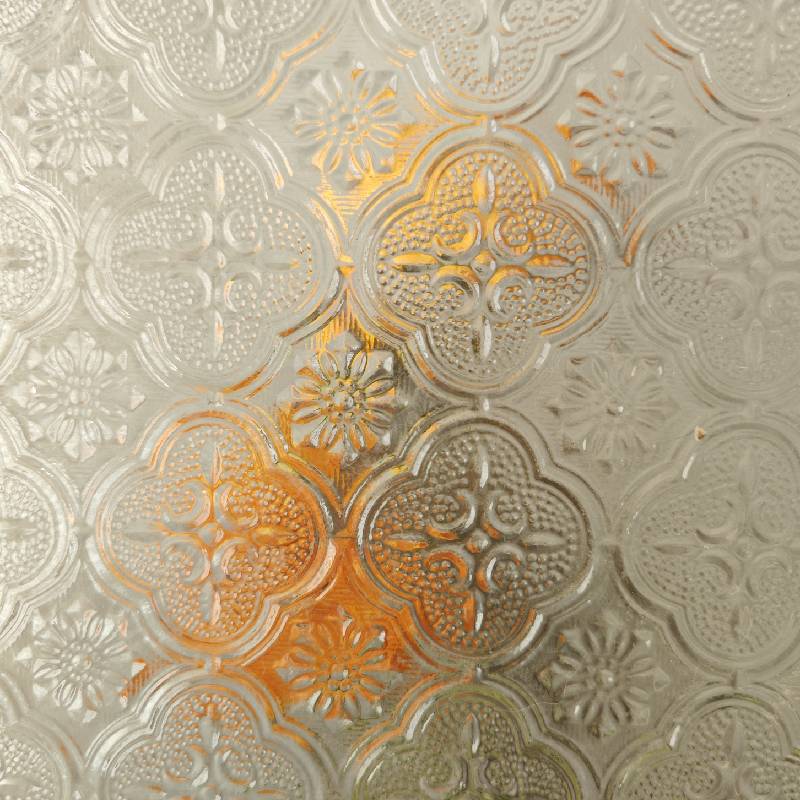

Exploring Types of Patterned Glass A Versatile Element in Design
Patterned glass, known for its unique textures and designs, is an innovative material that has gained popularity in both functional and decorative applications. From domestic settings to commercial interiors, patterned glass plays a vital role in aesthetics, privacy, and light manipulation. In this article, we will explore the various types of patterned glass, their uses, and the benefits they offer.
1. Obscure Glass
One of the most commonly used types of patterned glass is obscure glass, which features a variety of textures that obscure visibility. This type of glass is often used in applications where privacy is paramount, such as bathroom windows, office partitions, and shower enclosures. The surface of obscure glass can be etched or frosted, creating a unique appearance while allowing light to filter through. This balance between privacy and luminosity makes obscure glass a popular choice in many settings.
2. Textured Glass
Textured glass comes in a myriad of designs, from waves and ripples to geometric patterns. Each texture can alter the way light interacts with the glass, creating beautiful patterns of refracted light. Textured glass is commonly used in doors, cabinets, and windows, adding depth and interest to architectural elements. The variety of textures not only provides a visual appeal but also enhances safety by making surfaces less prone to fingerprints and smudges.
3. Frosted Glass
Frosted glass is created by sandblasting or acid etching the surface of clear glass, imparting a smooth, opaque finish. This type of glass is ideal for achieving a contemporary look while maintaining privacy. It is frequently used in office buildings for conference room windows, as well as residential spaces for doors and shower stalls. Frosted glass effectively diffuses light without compromising privacy, making it a versatile choice in modern interiors.

Stained glass is a traditional form of patterned glass that dates back centuries. Characterized by its vibrant colors and intricate designs, stained glass is often used in religious buildings, churches, and historic homes. Beyond its decorative qualities, stained glass can create an ethereal ambiance, as sunlight filters through the colorful panes. While stained glass may require more maintenance than other types of patterned glass, its timeless beauty and artistic value make it a cherished element in architectural design.
5. Laminated Glass
Laminated glass is created by sandwiching a layer of polyvinyl butyral (PVB) between two layers of glass. This process allows for the incorporation of patterns or images within the laminate, resulting in decorative glass that also provides safety and security. Laminated glass is often used in commercial buildings, skylights, and as decorative partitions. It excels in reducing noise and blocking harmful UV rays, all while maintaining a stylish appearance.
6. Etched Glass
Etched glass is a sophisticated form of patterned glass created through a chemical or abrasive process to produce intricate designs. This glass is often utilized in signage, displays, and decorative partitions. Its ability to create detailed imagery makes etched glass a popular choice in artistic installations. Additionally, it can be customized to suit specific design themes, whether in residential or commercial projects.
7. Wire-Glass
Wire-glass features a thin layer of wire mesh embedded within the glass, providing additional strength and fire resistance. It is primarily used in commercial applications, particularly in areas that require fire-rated materials such as doors, windows, and skylights. While it may not be as aesthetically pleasing as other types of patterned glass, its functional benefits are indispensable in specific settings.
Conclusion
Patterned glass is not just a functional material; it is a design element that adds character, depth, and visual interest to any space. With a range of options—including obscure, textured, frosted, stained, laminated, etched, and wire glass—designers and homeowners can choose the perfect type to suit their needs and aesthetic preferences. As technology continues to advance, the possibilities for patterned glass will likely expand further, solidifying its position as a versatile and cherished component in architectural and interior design. Whether for privacy, decoration, or safety, patterned glass remains an essential tool in the modern designer’s toolkit.